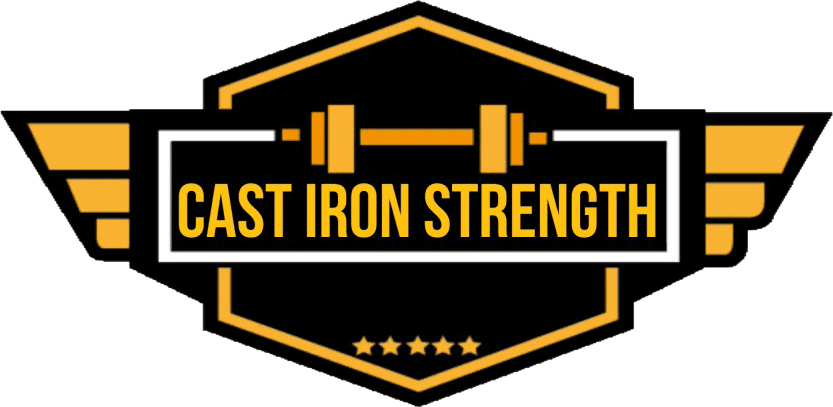 In the latest edition of the JSCR an interesting study has been published entitled
In the latest edition of the JSCR an interesting study has been published entitled
The Effect of Heavy- vs. Moderate-Load Training on the Development of Strength, Power, and Throwing Ball Velocity in Male Handball Players – Volume 24(9), September 2010, pp 2408-241
Both HR and MR programs continued for 10 weeks. Two training sessions per week were performed on Tuesdays and Thursdays, immediately before the normal handball training sessions. A researcher supervised each workout to ensure that proper procedures were followed. Both 1RMBP and 1RMPO exercises were used to determine appropriate loads for training sessions. 1RM values were reassessed at the fourth week, and the loads were updated for both HR and MR groups as necessary.
Heavy resistance group: Each session included 2 exercises for the upper extensor muscles (pull-over and bench press), with subjects training at 80-95% of their personal 1RM. They performed 1-3 repetitions per set and 3-6 sets of each exercise with 3- to 4-minute rest between sets. Both the pull-over and bench press exercises require successive eccentric-concentric loaded contractions performed at a slow velocity. The prescription of such loading intensities with such velocities is designed to produce the greatest increases in maximal strength.
Moderate resistance group: Each session included 2 exercises for the upper extensor muscles (pull-over and bench press), with subjects training at 55-75% of their personal 1RM. They performed 3-6 repetitions per set and 2-4 sets of each exercise with 1-to 1.30-minute rest between sets. Both the pull-over and the bench press require successive eccentric-concentric loaded contractions, performed as rapidly as possible.
.jpg)
.jpg)

